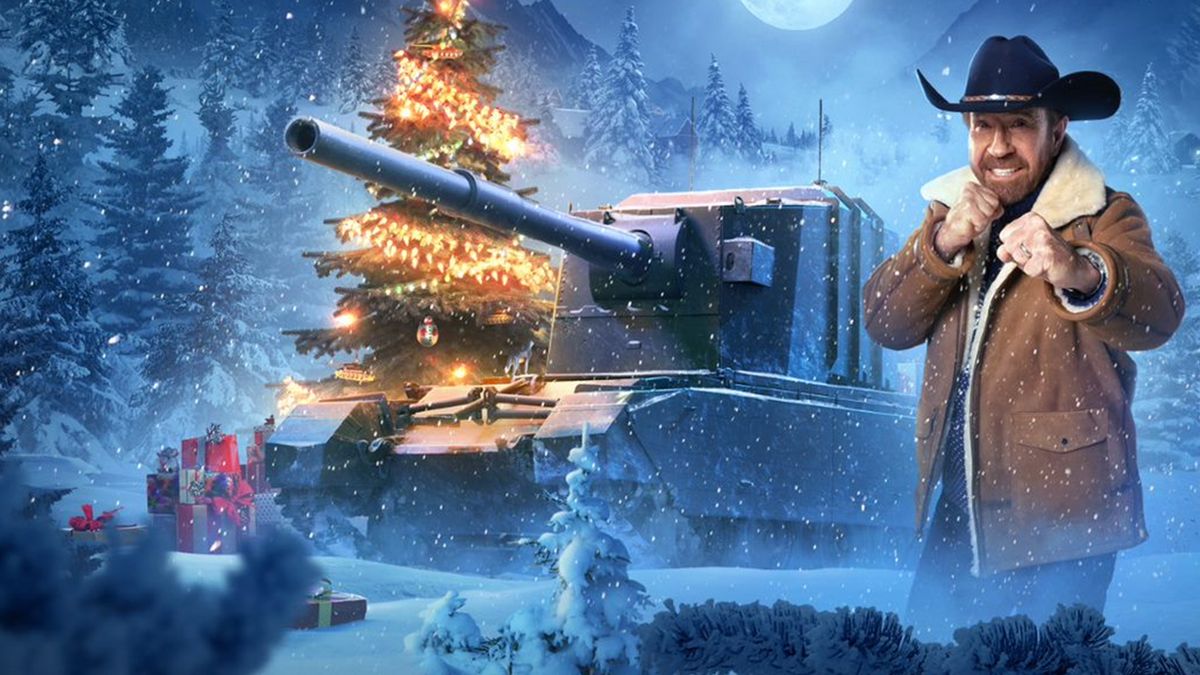
The complexity is only slightly increased by the particular upgrades used in a scenario, but their presence makes each scenario a unique experience. The foundation of a simple, generic set of rules is then built up through the use of unit and crew upgrades. They are simple enough to play quickly, keeping a feeling of urgency and intensity.
#Tank battle heroes review upgrade#
Additional expansions (typically one new tank, and a few upgrade cards) run $10 each. In addition to the three tanks, the Starter Set also contains the rules, a pile of cardboard tokens (including a few large bits of terrain that can be placed onto the play area), the critical hit deck, and a healthy mix of generic and named tank upgrades and crew. I worry a little bit about pieces being broken, but the turrets at least do come off (thus they rotate) and can be stored separately from the tank bodies. The tiny bits here and there (the cupola, the machine gun up top, etc…) are going to stand out compared to a single-piece model. I have to admit that a tank self-built out of parts is going to look more impressive than a tank simply extruded commercially. (Since they are only revealed when they are first used in a scenario, they can often come as a nice surprise to one’s opponent.) Each type of tank has a crew limit, and no two crew can have the same role (gunner, driver, loader, commander.) In the same way, each tank can only have one of each type of upgrade (ammo, etc…) Upgrade and crew cards played on a tank makes it more effective.

Most TANK games start with a point limit that players can spend on adding tanks to their platoon as well as tank upgrade and crew cards. The game becomes (slightly) more complex through the use of modifier cards. The included cardboard terrain tiles will clearly have an edge when placed onto the playing area.

While this muddies the rule examples a bit, it shouldn’t be a problem when playing the game. The layout for those rule examples are very pretty, but because the terrain in the photo is overlaid onto a fancy terrain background, it is difficult to establish just where the terrain ends and the basic terrain begins. My one complaint lies with the rules about line of sight and terrain effects. The rulebook has plenty of pictures and examples for most of the situations. Some ongoing effects are permanent, one of which can be “repaired” with a 50/50 chance at the end of each round. This could include “locking up” one’s turret (so that attacks can only be made towards the forward arc), damaging the tracks (so the tank can no longer move), or simply extra damage.

Each card in the deck will note some damage (usually one or two) and will often also bestow some negative modifier on the target. Each critical hit requires a draw from the critical hit deck. Bonus defensive dice are added to the roll if the defending tank has moved earlier this turn, the attacking tank has moved earlier, and if it is under cover (partially in woods, etc.) Close range shots or ones hitting a tank’s side will subtract defensive dice.Īny leftover basic hits are marked off on a tank card. (If the tank did not move this round they can reroll the entire set of the dice one time if they wish.) The defending tank rolls their defence (usually only a few), blocking any type of hits on a 4 or 5 (chosen by the attacker.) A 6 rolled in defense also blocks a hit or critical hit, but the hit is chosen by the defender.

Attacking tanks roll their dice (usually quite a few), scoring hits with a 4 or 5 and a critical hit on a 6. Then all the tanks shoot, with the quickest tanks shooting first. All the tanks move using the same cardboard “arrow” to measure movement, with quickest tanks moving last. The game does boil down tank battles to make for a fast game.


 0 kommentar(er)
0 kommentar(er)
